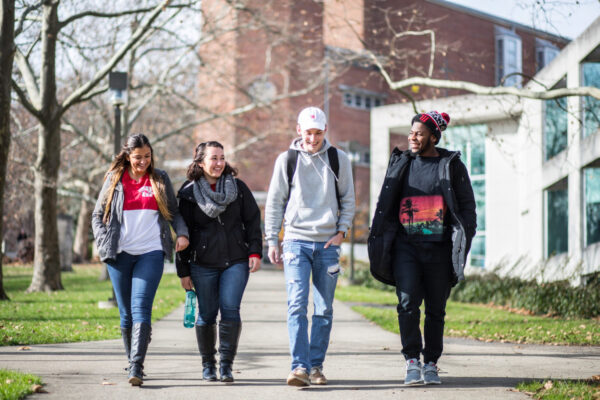New Report Highlights Challenges Facing Students With Some College, No Credential
Title: Some College, No Credential – Student Outcomes Annual Progress Report, Academic Year 2020/21
Authors: J. Causey, H. Kim, M. Ryu, A. Scheetz, and D. Shapiro
Source: National Student Clearinghouse Research Center
The National Student Clearinghouse Research Center recently released a report on progress and outcomes for “some college, no credential” (SCNC) students, the 36 million adults who have some postsecondary education but have yet to earn any type of degree or credential and are no longer enrolled.
With the challenges of paying for college and a strong labor market keeping low-skilled workers away from higher education, the authors call for action to ensure that they are not left behind in a rapidly changing economy.
The authors noted several characteristics for these students:
- The SCNC demographic and prior enrollment characteristics are similar to 2019; most are younger than 35 when leaving and last attended a community college.
- The total share of SCNC students rose to 39 million in July 2020. The report notes a growth across 48 states and the District of Columbia. California, Texas, New York, and Illinois make up more than one-third of SCNC students. The greatest number of SCNC students per 1,000 currently enrolled undergraduates come from Alaska.
- A greater percentage of women re-enrolled compared to men, with a particular growth for minority women (at 63.5 percent) compared to 34.6 percent of men.
- Over 60 percent of students who re-enrolled (approximately 944,000) changed institutions and commonly crossed institutional sectors. The authors note the most common pathway for beginning postsecondary enrollment again is re-enrollment at a community college after last attending a community college.
- Asian and white students had a higher persistence rate than other racial groups. Latinx/o/a students were most likely to earn an associates’ degree (42.5 percent), while Black students were most likely to have completed a certificate program (42.7 percent).
As the number of students who begin a postsecondary credential but do not finish it continues to grow, the authors encourage policymakers at the national, state, and institutional levels to consider how to approach re-enrollment of SCNC students with an equity lens, noting the barriers that exist for re-enrollment. They also call for increased metrics and data to track SCNC students, their progress, and outcomes upon re-enrollment.
To read the full report, click here.
—Ben Cecil
If you have any questions or comments about this blog post, please contact us.


